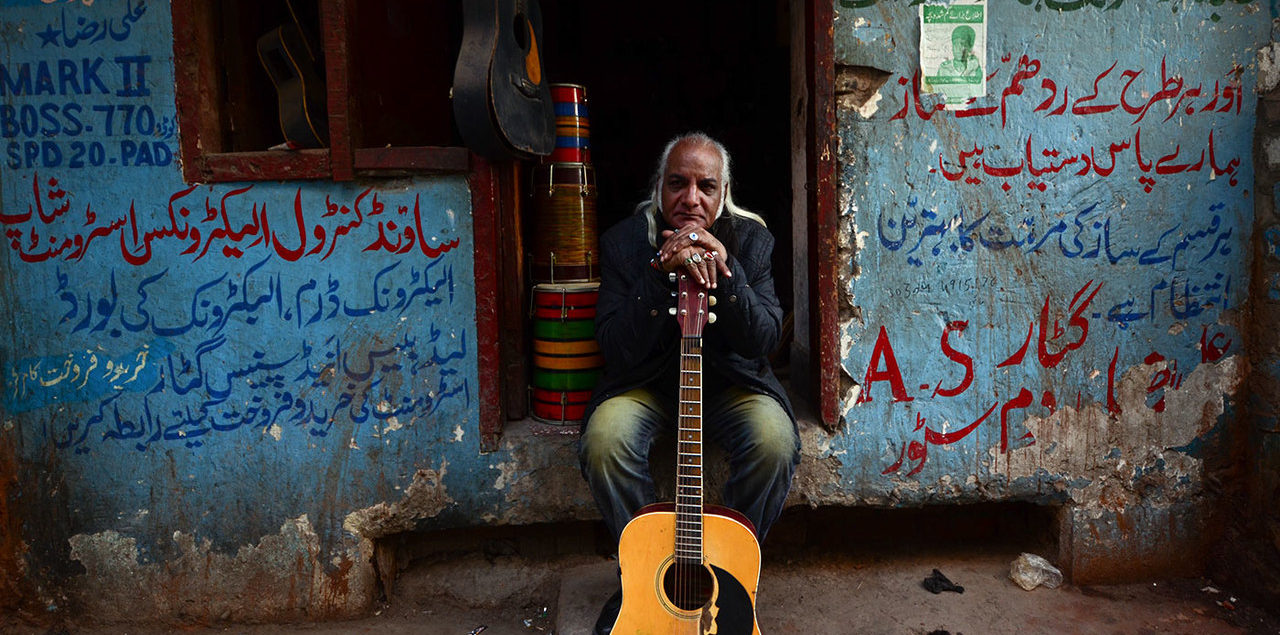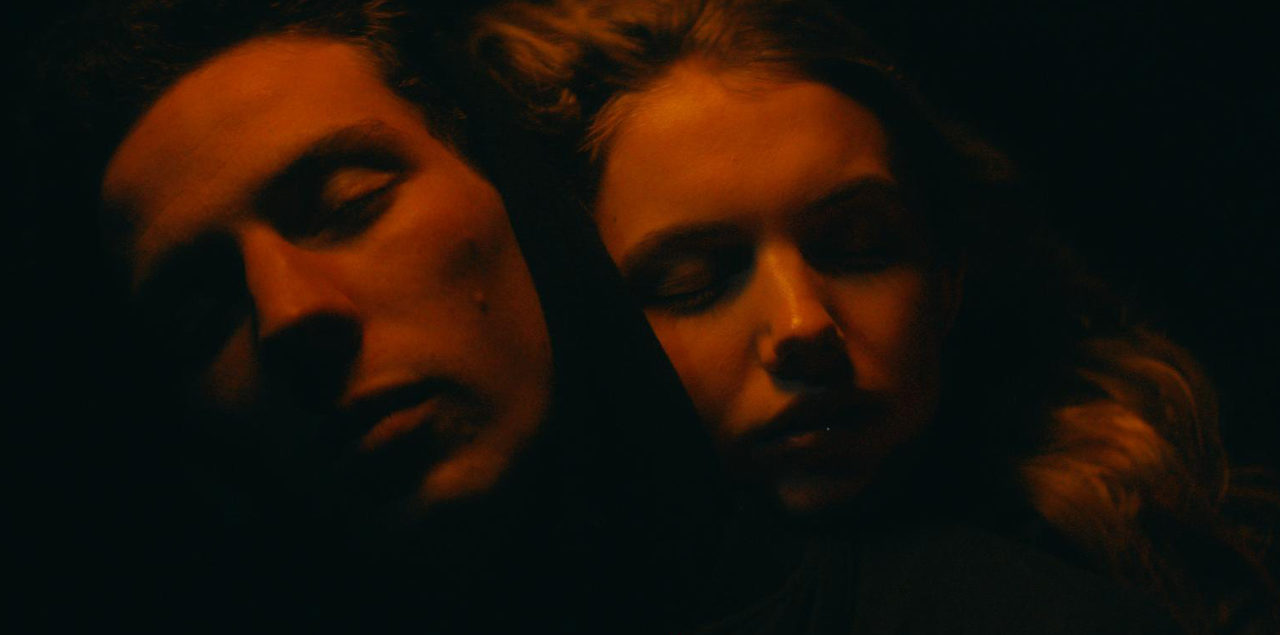Tribeca Film Festival 2015
I saw 32 of the 96 feature length films at TFF 2015. One third. Patterns emerge.
I look for tendencies, trends, themes, always with an underlying concern as to the validity of my generalizations. Am I uncovering nothing but the programmers’ biases, or the types of film that apply for the Tribeca Film Festival? Is there perhaps a bias in the films I choose to see, given that I can’t see everything?

Many documentaries focus on sub-cultures that are threatened in some way or another. Some of these docs shamelessly exploit their subjects, exposing their foibles in ways that the subjects may not understand, or approve if they did. Autism in Love was the most egregious example, Toto and his Sisters less so, but there are still many scenes in the latter that would make the characters on screen cringe along with the audience. In Autism . . . the neurological condition of the leading characters undoubtedly prevents them from understanding the extent to which neuro-typical viewers regard them with pity and undesired (inadmissible?) disdain. Other filmmakers demonstrate deep respect for their subjects and the films are more satisfying, less compromising for the viewer; one feels for the characters with rather than against the filmmakers. The Wolfpack had this quality, the subjects and their situation shining through despite poor shooting and editing. Others in this category include Song of Lahore, Crocodile Gennadiy, and especially Uncertain. Each of these films is not only respectful to their subjects, but also, in some way or another, it acknowledges the presence of the camera and general filmmaking processes — enjoining nonsense about the authenticity of the “fly-on-the-wall” idea: a filmmaker friend reports Herzog announcing (at a different festival) “we’re not flies, we’re hornets!” A Nazi Legacy made no bones about it: the three characters always recognized the camera’s presence, as does the voice over narration. Ethical issues can surface without the pretense that the film is a natural object, somehow emerging from reality with minimal human interference. The makers of both Autism … and the horrifying A Courtship indulged in the cheesy strategy of setting up situations as if they would have happened without the camera’s presence, and at the same time presenting the idea that the camera is an invisible, dimensionless point – who would pray to God and Jesus in his car with a cameraman sitting next to him and a sound man in the back seat, as does a leading character in A Courtship? Isn’t prayer a private intercourse between the believer and his deity? The other film on the subject of religious fundamentalism, Among the Believers, is half-way honest about its production. The most compelling character in it is the arrogant cleric who relentlessly proposes, as a solution to all social and political problems, the world-wide adoption of Sharia Law. He speaks and behaves as if the doctrines he advocates are indisputably and unequivocally true— even, or especially, with the camera right in his face. That the camera is recording him while he pronounces his outrageous ideology reinforces our recognition of his assured confidence. Fundamentalism, whichever of the Abrahamic religions it is attached to, is unwaveringly, pompously sure of itself, equally in the Islam ofAmong the Believers and the Christianity of A Courtship. The best evidence is the lack of shame or shyness with which its advocates are willing to present their ideas to the camera, and through it to the world at large.
Code: Debugging, another study of an under-acknowledged minority (women in the high tech industry), is composed of ‘talking head’ interviews, but each of the sound-bite speakers addresses someone off-camera, a person or persons we the viewers somewhat disconcertingly never see or hear from. Who is running this show, and why are they acting like an incognito spy? Their absence makes it more difficult to believe the speakers or even take them seriously. Crocodile Gennadiy, in contrast, never pretends that the camera crew is not right there. The film gradually peels back the saintly exterior of Gennadiy, a Ukrainian priest who is a vigilante, a social worker, a body-builder, and a bit of a bully and self-promoter, but in balance a force for good. Only in the most simple-minded children’s stories are the good guys all golden good, driven only by pure motives. This is demonstrated equally in Democrats, about politics in Zimbabwe, which, like many places in the world, is still under the yoke of post-colonialism. The camera is a never-forgotten presence, and as a result of this, many things are revealed that would otherwise remain hidden.

More straightforward documentaries ran the gamut. Uncertain is a study of three men, each engaged in his own struggles and aspirations. As mentioned, it is remarkable for its respect for its subjects, something affluent filmmakers rarely exhibit, their subjects usually members of a lower caste (to use the Indian social hierarchy) than themselves. In contrast, Peggy Guggenheim: Art Addict is unusually frank about a member of a higher American caste. At its center is an audio interview recorded by PG’s biographer, never before made public, in which she is breathtakingly honest and straightforward, especially about her sex life, kissing-and-telling in some detail, naming names and revealing both grudges and lovers. The Birth of Sake was the opposite – endless expensive tracking shots of the boring sake production process, in which nothing of any import or surprise is revealed. Why show this? Was the editor half asleep?
Four sports stories, three documentaries (Palio, Gored, Havana Motor Club) and one fiction (El Cinco), emphasized the earthiness and even seediness of the players, equally refreshing in a world of sports heroes. Why should we be surprised that our favorites athletes are violent, racist, rapists, or addicts of one kind or another? The rewards are great, and there is no reason to think that those who are blessed with physical talents and obsessive training mentalities should be paragons of morality or maturity. El Cinco, Gored, Palio, and Havana Motor Club all show us players complete with warts, burning ambition, competitiveness, aggressive or violent tendencies, and streaks of dishonesty, but balanced by overall humanity and likability.
I chose to see few fiction films in TFF 2015, since in the past, many, especially the American ‘independents,’ tended toward the H’wood wannabe portfolio model. But this year not so much – only The Overnight can be accused of falling into this category, and it almost redeemed itself with the penis thong costumes worn by the two male protagonists, a tiny pimple on one character, a long floppy worm on his nemesis. Man Up, the British Rom Com, was genuinely LOL funny, replete with blow job and other perverse sex jokes that would send the characters of Among the Believers and A Courtship scurrying for the hills.

Hollywood loves to show outsiders overcoming authority through force of character – in these non-Hollywood films there are many challenges to authority or power, but rarely, in contrast to Hollywood, is there a clear-cut outcome or an obvious victor. In both 21st century noirs Wednesday 4:45 (Greek) and Hyena (English) all the characters are nasty through and through, and the films gracefully stop before a final narrative resolution. Bridgend is inspired by the situation of the town in Wales where there is an epidemic of suicides among teenage children – that it is based on fact is by far the most interesting thing about the film — and it also remains unresolved, with no character untouched by the unexplained evil forces at work. Jackrabbit is practically incomprehensible – based on Tarkovsky’s Stalker, it is hard to imagine anyone following the plot without intimate knowledge of its (unacknowledged) source. On the other hand, its obscurity and cluttered frames makes it to stick to the brain like a coriander leaf to the top of the mouth. The two virgin films (Virgin Mountain and Sworn Virgin), also reach their final credits without story resolution, leaving one with a sense of the uncertainties of contemporary life, along with the prevalence of victimization, based on gender or obesity. Each of these films is riveting each in its own way, but not King Jack, which also highlights the victimization of the underdog by the weak-minded and ethically compromised powerful bully: it is dark dark dark. No relief for Jack, and none for us either. How can one continue to live in such an immoral world?
The thirty-two films that I saw had one characteristic overwhelmingly in common. Whether fiction or documentary (and this is a sharp distinction) all depended on and accepted the cinematic image as a window into ‘reality’ of one kind or another. In no case was the glass even the slightest bit dirty. Not one film questioned the capacity of the cinema to convey ‘truth,’ whether it was in the bulk of the lead character of Virgin Mountain, the authenticity of the cleric in Among the Believers, or the power of unfolding narrative in Bridgend and Come Down Mollie. Even though every one of us, sitting in the soft seats of the womb-like auditoriums of the Regal Cinema, knows that he or she is looking at nothing more than a display of changing colored patches projected on a flat surface, we are willing to suspend this knowledge and buy into whatever ‘story’ is presented. Jon Gartenberg’s programming, an antidote to this shared faith, is sorely missed, along with the alternative set of pleasures, challenges and satisfactions of the works he programmed in previous years. No Ken Jacobs, no Bill Morrison, not one work in which the material base of the cinematic image is, if not foregrounded, at least acknowledged. The Tribeca Film Festival is much impoverished by this omission.
Films mentioned:
Autism in Love
Toto and his Sisters
The Wolfpack
Song of Lahore
A Nazi Legacy
Code Debugging
Crocodile Gennadiy
Democrats
Uncertain
Peggy Guggenheim: Art Addict
El Cinco
Gored
Palio
Havana Motor Club
The Overnight
Man Up
Among the Believers
A Courtship
Wednesday 4:45
Hyena
Bridgend
Jackrabbit
Sworn Virgin
King Jack
Virgin Mountain
Among the Believers
Come Down Mollie
Films seen but not mentioned:
• Wondrous Boccaccio
Orion
Jimmy’s Hall
The Meaning of Live
Cartel Land
Viaje
Text by Grahame Weinbren



